
by newbeltane | Oct 6, 2023 | Fashion, Minimalism
Skandi Style Secrets: effortless chic and minimalism

When it comes to Skandi style secrets, the Scandinavian countries have long been known for their minimalist and effortlessly chic style. Skandi-inspired fashion is all about embracing simplicity, functionality, and elegance. This trend has gained popularity worldwide for its clean lines, neutral colour palette, and timeless designs.
One of the key elements of Skandi-inspired fashion is the focus on quality over quantity. Instead of following every passing trend, Skandi fashionistas invest in high-quality pieces that are versatile and can be worn for years to come. This approach not only helps to reduce waste but also ensures that your wardrobe is filled with timeless classics.
The colour palette of Skandi-inspired fashion is typically neutral and muted, with shades of white, beige, grey, and black taking centre stage. These colours create a sense of calmness and sophistication, allowing the focus to be on the design and silhouette of the garments. However, pops of colour can also be incorporated through accessories or statement pieces to add interest to the overall look.
 Skandi fashion is known for its clean lines and minimalist aesthetic. The silhouettes are often relaxed and effortless, with an emphasis on comfort and functionality. Oversized sweaters, tailored trousers, and flowy dresses are staples of this style. The key is to create a balanced and harmonious outfit by pairing loose-fitting pieces with more structured items.
Skandi fashion is known for its clean lines and minimalist aesthetic. The silhouettes are often relaxed and effortless, with an emphasis on comfort and functionality. Oversized sweaters, tailored trousers, and flowy dresses are staples of this style. The key is to create a balanced and harmonious outfit by pairing loose-fitting pieces with more structured items.
When it comes to fabrics, natural materials such as cotton, linen, and wool are preferred in Skandi-inspired fashion. These materials not only feel luxurious against the skin but also have a lower environmental impact compared to synthetic fabrics. Additionally, they age beautifully and become even softer over time, adding to the overall appeal of the garments.
Accessories play a crucial role in completing a Skandi-inspired look. Opt for minimalist and functional accessories that enhance the overall outfit without overpowering it. A simple leather belt, a delicate necklace, or a structured handbag can elevate even the most basic outfit. Remember, less is more when it comes to Skandi fashion.
Skandi-inspired fashion is not just about the clothes you wear but also about the way you style them. Keep your hair and makeup natural and effortless, with a focus on enhancing your natural beauty. Avoid heavy contouring or bold makeup looks, and instead, opt for a fresh-faced glow and a simple hairstyle.
In conclusion, Skandi-inspired fashion is all about embracing minimalism and elegance. By focusing on quality, clean lines, and a neutral colour palette, you can create a timeless and sophisticated wardrobe. Remember to keep it simple, functional, and effortlessly chic. Embrace the Skandi style and let your fashion choices reflect your inner sense of calmness and confidence.
The Best Scandi Fashion Brands You Need to Know About

Scandinavian fashion brands are known for their minimalist aesthetic, clean lines, and high-quality materials. Many of these brands focus on responsible design and a commitment to slow fashion, making them a great fit for shopping in a more sustainable way. Here are the top 3 Scandi fashion brands you need to know about:
1. Ganni – Known for its joyful and quirky designs, Ganni strikes the perfect balance between Danish cool and Parisian nonchalance. The brand offers printed silk dresses, biker jackets, and lots of great denim. They are also recognised as a responsible company, being a B-Corp Certified Company, meaning they are a business that meets the highly verified standards of social and environmental performance, transparency and accountability.@ganni
2. Acne Studios – Acne Studios offers minimalist clothing, shoes, and accessories for men and women. Their designs are known for their clean lines and high-quality materials.
Acne Studios, headquartered in Stockholm, approaches fashion from a multidisciplinary perspective. Founded and guided by Jonny Johansson, who possesses a keen interest in photography, art, architecture, and contemporary culture, the brand has embarked on an unconventional journey. This transformation has elevated Acne Studios to a well-regarded creator in the realms of ready-to-wear fashion, magazines, furniture, books, and exhibitions.
The hallmark of Acne Studios’ collections lies in Jonny Johansson’s distinctive design ethos, marked by a skilful blend of contrasts and meticulous attention to detail. The brand places a strong emphasis on tailoring while embracing an eclectic array of materials and bespoke fabrics. Their product range encompasses both men’s and women’s ready-to-wear fashion, footwear, accessories, and denim, ensuring a comprehensive style offering.
3. Filippa K – Filippa K offers sustainable clothing, shoes, and accessories for men and women. Their designs are known for their timeless style and focus on sustainability.
In 1993, Filippa K emerged as a brainchild of Filippa Knutsson, Karin Hellners, and Patrik Kihlborg, laying the foundation for the iconic essence of Scandinavian minimalism. Their vision was clear: to provide uncomplicated, well-crafted attire that seamlessly integrated with the realities of everyday life, effortlessly blending style and comfort.
Filippa Knutsson’s enduring dream of a straightforward, appealing, and eco-conscious wardrobe remains as pertinent today as it was when she initiated this venture at her kitchen table in the 1990s. The brand’s collection of ready-to-wear apparel and accessories continues to redefine timeless fashion, viewing it through a modern lens, all while embracing meticulous craftsmanship and unwavering attention to detail.
Other Scandi fashion brands that deserve a spot on your radar include Cecilie Bahnsen, Stine Goya, Baum und Pferdgarten, and Samsøe Samsøe. These brands offer something for everyone, from playful prints to timeless staples. Investing in key statement pieces you’ll wear forever or shopping for transitional garments you can style all year round is a great way to bring some of the best Scandinavian brands into your wardrobe.
Citations:
[1] https://www.harpersbazaar.com/uk/fashion/what-to-wear/news/g33319/the-scandinavian-brands-to-know/
[2] https://www.whowhatwear.com/best-danish-fashion-brands
[3] https://www.marieclaire.co.uk/fashion/best-scandinavian-fashion-brands-791520
[4] https://www.vogue.co.uk/fashion/article/scandinavian-fashion-brands
[5] https://graziadaily.co.uk/fashion/shopping/scandinavian-fashion-clothing-brands-shopping-autumn-winter/
[6] https://www.redonline.co.uk/fashion/a28633609/best-scandinavian-brands/

by newbeltane | Oct 6, 2023 | Cuisine
Scandinavian Cooking: Delicious Recipes from the North
 Scandinavian cooking is gaining popularity worldwide for its unique flavours and healthy ingredients. From Sweden, Norway, Denmark, Finland, and Iceland, the countries of Scandinavia offer a diverse range of culinary delights that are worth exploring. In this blog post, we will take you on a journey through the flavours of the North and share some delicious Scandinavian recipes that you can try at home.
Scandinavian cooking is gaining popularity worldwide for its unique flavours and healthy ingredients. From Sweden, Norway, Denmark, Finland, and Iceland, the countries of Scandinavia offer a diverse range of culinary delights that are worth exploring. In this blog post, we will take you on a journey through the flavours of the North and share some delicious Scandinavian recipes that you can try at home.
1. Swedish Meatballs

Swedish meatballs, also known as köttbullar, are a classic Scandinavian dish that is loved by people around the world. These tender and flavorful meatballs are traditionally served with lingonberry sauce and creamy mashed potatoes. You will need ground beef, breadcrumbs, onion, garlic, and a blend of spices to make them. Fry them in butter until golden brown and serve them as an appetizer or as a main course. Here is a recipe you can try:
Swedish Meatballs (Köttbullar) Recipe:
Ingredients
- 500g ground beef
- 250g ground pork
- 1 small onion, finely chopped
- 1/2 cup breadcrumbs
- 1/2 cup milk
- 1 egg
- 1/2 tsp salt
- 1/4 tsp ground black pepper
- 1/4 tsp ground allspice
- 1/4 tsp ground nutmeg
- Butter or oil for frying
For the Cream Sauce
- 2 tbsp butter
- 2 tbsp all-purpose flour
- 2 cups beef or vegetable broth
- 1/2 cup heavy cream
- Salt and pepper to taste
Instructions
- In a large mixing bowl, combine the ground beef and ground pork.
- In a separate bowl, soak the breadcrumbs in milk for a few minutes until they are fully absorbed.
- Add the soaked breadcrumbs, finely chopped onion, egg, salt, black pepper, allspice, and nutmeg to the meat mixture.
- Mix everything together until well combined. It’s best to use your hands for this step.
- Shape the meat mixture into small, round meatballs, about the size of a walnut. You should get around 20-24 meatballs.
- In a large skillet, heat some butter or oil over medium-high heat.
- Add the meatballs to the skillet and cook them until they are browned on all sides and cooked through about 10-12 minutes. You may need to do this in batches to avoid overcrowding the skillet.
- Once the meatballs are cooked, remove them from the skillet and set them aside.
- To make the cream sauce, melt 2 tablespoons of butter in the same skillet over medium heat.
- Sprinkle in 2 tablespoons of all-purpose flour and whisk continuously until it turns a light golden colour, about 2-3 minutes.
- Slowly pour in the beef or vegetable broth while whisking to avoid lumps.
- Add the heavy cream and continue to whisk until the sauce thickens about 5-7 minutes.
- Season the sauce with salt and pepper to taste.
- Return the cooked meatballs to the skillet, and gently simmer them in the sauce for a few more minutes until they are heated through.
Serve the Swedish Meatballs (Köttbullar) hot with lingonberry sauce, mashed potatoes, and lingonberry jam on the side.
Enjoy your delicious homemade Swedish meatballs!
2. Norwegian Salmon with Dill Sauce
 Norway is famous for its high-quality salmon, and this recipe showcases the best of Norwegian seafood. Grilled or baked salmon fillets are served with a creamy dill sauce made with fresh dill, sour cream, mayonnaise, and lemon juice. The tender salmon and tangy dill sauce combined are simply irresistible.
Norway is famous for its high-quality salmon, and this recipe showcases the best of Norwegian seafood. Grilled or baked salmon fillets are served with a creamy dill sauce made with fresh dill, sour cream, mayonnaise, and lemon juice. The tender salmon and tangy dill sauce combined are simply irresistible.
Norwegian Salmon with Creamy Dill Sauce Recipe:
Ingredients
- 4 salmon fillets (about 6 ounces each)
- Salt and black pepper, to taste
- 2 tablespoons olive oil
- 1 small onion, finely chopped
- 2 cloves garlic, minced
- 1 cup heavy cream
- 2 tablespoons fresh dill, chopped
- 1 tablespoon Dijon mustard
- 1 tablespoon lemon juice
- Lemon wedges and fresh dill sprigs for garnish
Instructions
- Preheat your oven to 375°F (190°C).
- Season the salmon fillets with salt and black pepper on both sides.
- In an ovenproof skillet, heat 2 tablespoons of olive oil over medium-high heat.
- Place the salmon fillets in the skillet, skin-side down, and sear them for about 2 minutes until the skin is crispy and golden.
- Carefully flip the salmon fillets over and sear the other side for another 2 minutes.
- Transfer the skillet with the salmon to the preheated oven and roast for about 10-12 minutes, or until the salmon flakes easily with a fork.
- While the salmon is roasting, prepare the creamy dill sauce. In a separate saucepan, heat a bit of olive oil over medium heat.
- Add the finely chopped onion and cook for 2-3 minutes until it becomes translucent.
- Stir in the minced garlic and cook for an additional 30 seconds until fragrant.
- Pour in the heavy cream and bring it to a simmer. Let it cook for 2-3 minutes, allowing it to thicken slightly.
- Add the chopped fresh dill, Dijon mustard, and lemon juice to the cream mixture. Stir well to combine.
- Season the sauce with a pinch of salt and black pepper to taste. Adjust the flavours as needed.
- Once the salmon is done roasting, remove it from the oven and place it on serving plates.
- Spoon the creamy dill sauce over the salmon fillets.
- Garnish with fresh dill sprigs and lemon wedges.
- Serve the Norwegian Salmon with Creamy Dill Sauce hot, accompanied by your favourite side dishes, such as steamed vegetables or rice.
Enjoy your delightful Norwegian salmon dish!
3. Danish Smørrebrød
Smørrebrød is an open-faced sandwich that is a staple in Danish cuisine. It consists of a slice of rye bread topped with various ingredients such as pickled herring, smoked salmon, roast beef, or cheese. The toppings are often garnished with fresh herbs, sliced vegetables, and a dollop of remoulade sauce. Smørrebrød is a versatile dish that can be enjoyed for breakfast, lunch, or dinner.
Danish Smørrebrød Recipe:
 Ingredients
Ingredients
For the Smørrebrød:
- Slices of dense rye bread (typically 2 per person)
- Butter for spreading
- Sliced cucumber
- Sliced radishes
- Sliced hard-boiled eggs
- Smoked salmon or pickled herring
- Roast beef or liver pâté (for variety)
- Fresh dill, for garnish
- Lemon wedges, for garnish
For the Remoulade Sauce:
- 1/2 cup mayonnaise
- 2 tablespoons Dijon mustard
- 2 tablespoons sweet pickle relish
- 1 tablespoon capers, chopped
- 1 tablespoon fresh parsley, finely chopped
- Salt and pepper, to taste
Instructions
Start by making the remoulade sauce. In a small bowl, combine mayonnaise, Dijon mustard, sweet pickle relish, chopped capers, and fresh parsley. Season with salt and pepper to taste. Mix well and set aside.
Prepare the dense rye bread by cutting off the crusts and slicing it into manageable portions. You’ll typically use two slices per Smørrebrød.
Spread a thin layer of butter on each slice of rye bread.
Now it’s time to assemble your Smørrebrød. You can make different varieties:
a. For a classic option, top one slice of rye bread with slices of cucumber, radishes, and hard-boiled eggs. Drizzle some of the remoulade sauce over the toppings.
b. For a seafood option, top another slice of rye bread with smoked salmon or pickled herring. Garnish with fresh dill and a lemon wedge.
c. For a meaty variation, consider using roast beef or liver pâté as the base. Add your choice of toppings and a dollop of remoulade sauce.
Repeat the assembly process for as many Smørrebrød variations as you’d like to make.
Serve the Danish Smørrebrød on a platter or individual plates, allowing everyone to choose their favourite combinations.
Enjoy your delightful Danish open-faced sandwiches as a light and flavorful meal.
Danish Smørrebrød is a versatile dish, so feel free to get creative with your toppings, incorporating fresh ingredients and flavours that you enjoy.
4. Finnish Blueberry Pie
Finland is known for its abundant wild berries, and blueberries are a local favourite. Finnish blueberry pie is a simple yet delicious dessert that showcases the natural sweetness of the berries. The pie is made with a buttery crust filled with fresh blueberries, sugar, and a hint of cinnamon. Serve it warm with a scoop of vanilla ice cream for the perfect ending to a Scandinavian meal.
Finnish Blueberry Pie Recipe
 Ingredients
Ingredients
For the Pie Crust:
- 1 1/4 cups all-purpose flour
- 1/2 teaspoon salt
- 1/2 cup unsalted butter, cold and cubed
- 3-4 tablespoons ice water
For the Blueberry Filling:
- 4 cups fresh or frozen blueberries
- 3/4 cup granulated sugar
- 1 tablespoon cornstarch
- 1/2 teaspoon ground cinnamon
- 1 tablespoon lemon juice
For Serving:
- Vanilla ice cream (optional)
Instructions
Start by making the pie crust. In a large mixing bowl, combine the all-purpose flour and salt.
Add the cold, cubed unsalted butter to the flour mixture.
Use a pastry cutter or your fingers to work the butter into the flour until the mixture resembles coarse crumbs.
Gradually add the ice water, one tablespoon at a time, and mix until the dough comes together. Be careful not to overwork the dough.
Shape the dough into a disk, wrap it in plastic wrap, and refrigerate for at least 30 minutes.
Preheat your oven to 375°F (190°C).
In a separate mixing bowl, combine the fresh or frozen blueberries, granulated sugar, cornstarch, ground cinnamon, and lemon juice. Mix gently to coat the blueberries evenly.
Take the chilled pie dough out of the refrigerator and roll it out on a floured surface to fit a 9-inch pie dish.
Place the rolled-out pie crust in the pie dish, trimming any excess dough from the edges.
Pour the blueberry filling into the pie crust.
Fold the edges of the crust over the filling, creating a rustic border.
Optionally, you can brush the exposed pie crust with a little beaten egg for a golden finish.
Bake the Finnish Blueberry Pie in the preheated oven for 45-50 minutes, or until the crust is golden brown, and the filling is bubbly.
Remove the pie from the oven and let it cool for a bit before serving.
Serve the Finnish Blueberry Pie warm, and for an extra treat, top it with a scoop of vanilla ice cream.
Enjoy this delightful Finnish dessert that highlights the natural sweetness of blueberries, a true Scandinavian delight!
5. Icelandic Lamb Stew
Icelandic lamb stew, or kjötsúpa, is a hearty and comforting dish that is perfect for cold winter days. The stew is made with tender pieces of lamb, root vegetables, and aromatic herbs such as thyme and bay leaves. It is slow-cooked to perfection, allowing the flavours to meld together and create a rich and flavourful broth. Serve it with crusty bread for a complete meal.
Icelandic Lamb Stew Recipe:
 Ingredients
Ingredients
- 1.5 lbs (700g) boneless lamb shoulder, cut into bite-sized cubes
- 1 large onion, chopped
- 2 carrots, peeled and sliced
- 2 potatoes, peeled and diced
- 2 celery stalks, sliced
- 4 cups water
- 1 bay leaf
- 1 tsp dried thyme
- 1 tsp dried rosemary
- 1 tsp dried oregano
- Salt and black pepper, to taste
- 1 tbsp butter
- 1 tbsp all-purpose flour
- 1 cup whole milk
- Chopped fresh parsley, for garnish (optional)
Instructions
In a large pot, melt the butter over medium heat. Add the chopped onion and cook until it becomes translucent about 3-4 minutes.
Add the lamb cubes to the pot and brown them on all sides, about 5-7 minutes. Season with salt and black pepper.
Pour in the water and add the bay leaf, dried thyme, dried rosemary, and dried oregano. Stir to combine.
Bring the mixture to a boil, then reduce the heat to low, cover the pot, and let it simmer for about 1.5 to 2 hours, or until the lamb is tender.
After the lamb has simmered, add the sliced carrots, diced potatoes, and sliced celery to the pot. Continue to simmer for an additional 20-25 minutes, or until the vegetables are tender.
In a separate bowl, mix the flour with the whole milk until it forms a smooth paste.
Slowly add the milk mixture to the pot, stirring continuously. This will help thicken the stew. Simmer for another 10-15 minutes, allowing the stew to thicken further.
Taste the stew and adjust the seasoning with more salt and pepper if needed.
Remove the bay leaf from the stew before serving.
Ladle the Icelandic Lamb Stew into bowls and garnish with chopped fresh parsley if desired.
Serve the stew hot and enjoy the comforting flavours of Icelandic cuisine.
This hearty lamb stew is perfect for warming up on a chilly day and is a classic Icelandic dish.
These are just a few examples of the delicious recipes that Scandinavian cooking has to offer. Whether you are a fan of seafood, meat, or vegetarian dishes, you will find something to suit your taste in Scandinavian cuisine. So why not embark on a culinary adventure and try some of these recipes from the North?

by newbeltane | Oct 5, 2023 | Autumn, Hygge Lifestyle
Embrace the Autumn Essence
Why not fall in love with Hygge this autumn? As the vibrant hues of summer fade into the distance, the arrival of autumn ushers in a unique blend of emotions.
On one hand, we yearn for the serenity of home after the hustle and bustle of summer, but on the other, we hold tightly to the fleeting warmth of the season. However, the desire for cosiness persists throughout, and that’s where Hygge comes into play.
 The crisp autumn air carries with it the earthy aroma of fallen leaves, a reminder of the changing seasons. To counteract this brisk scent, consider infusing your living space with a warm and inviting ambience. Drawing inspiration from our Scandinavian friends, here are some simple yet effective ways to prepare your home for autumn.
The crisp autumn air carries with it the earthy aroma of fallen leaves, a reminder of the changing seasons. To counteract this brisk scent, consider infusing your living space with a warm and inviting ambience. Drawing inspiration from our Scandinavian friends, here are some simple yet effective ways to prepare your home for autumn.
1. Textile Layering
One of the quickest ways to add warmth and comfort to your living space is by layering textiles on existing furniture. Wooden floors come to life with the addition of knitted rugs, while stools become cosier with sheepskin seat pads. These small adjustments can make a significant difference in creating a hygge atmosphere.

2. Cosy Blankets
Every home needs a wool or brushed-cotton blanket that’s ready for snuggling under. As you bid farewell to lightweight linen throws that adorned your sofa during the warmer months, these blankets become essential companions for chilly autumn evenings.
3. Embrace Natural Light
Certainly, incorporating natural light into your living spaces is not only a key aspect of Scandinavian design but also has numerous health and well-being benefits. Let’s delve into why natural light is good for you:
1. Mood Enhancement:
Natural light is a mood booster. Exposure to sunlight triggers the release of serotonin, often referred to as the “feel-good” hormone. This can help improve your mood and reduce feelings of anxiety and depression. In Scandinavian countries, where sunlight is limited during the winter months, maximizing natural light in interiors is particularly important for mental well-being.
2. Vitamin D Production:
Sunlight is a natural source of vitamin D, which is essential for maintaining healthy bones and a strong immune system. When your skin is exposed to sunlight, it synthesizes vitamin D. Ensuring you have access to natural light in your home can contribute to your overall health.
3. Increased Productivity:
Natural light has been shown to enhance productivity and focus. When you work or study in well-lit spaces, you tend to be more alert and attentive. This is especially beneficial if you have a home office or study area.
4. Better Sleep Patterns:
Exposure to natural light during the day helps regulate your body’s internal clock or circadian rhythm. This, in turn, can improve your sleep patterns. Scandinavian design often prioritizes large windows to let in ample daylight during the day, while using blackout curtains to ensure restful sleep at night.
5. Eye Health:
Well-distributed natural light reduces eye strain and can prevent eye fatigue. It’s easier to read, work on a computer, or engage in various activities when you have an abundance of natural light in the room.
6. Connection to Nature:
Having access to natural light allows you to connect with the outside world. It provides a sense of being in touch with nature, even when you’re indoors. This connection to the outdoors can have a calming and grounding effect.
7. Energy Efficiency:
Maximizing natural light in your home can also save energy. During the day, you can rely less on artificial lighting, which reduces electricity consumption and lowers your energy bills. In the context of sustainable living, this is an important consideration.
8. Visual Comfort:
Natural light provides balanced and even illumination, reducing glare and harsh shadows. This enhances the visual comfort of your living spaces, making them more inviting and pleasant.
9. Healthier Plants:
If you’re a fan of indoor plants, natural light is crucial for their well-being. It promotes healthy growth and helps plants purify the air, contributing to a healthier indoor environment.
Incorporating natural light into your home, whether through large windows, skylights, or strategically placed mirrors to reflect light, not only aligns with the principles of Scandinavian design but also promotes your physical and mental well-being. It creates spaces that are not only aesthetically pleasing but also conducive to a healthier and happier lifestyle.

4. The Beauty of Logs
For a touch of rustic elegance, consider incorporating a log stack into your decor, whether indoors or outdoors. Logs bring a piece of nature into your home, mirroring the beauty of the trees outside. If you lack alcoves or shelves for this purpose, consider using waney-edged placemats, wooden platters, or charger plates to showcase your love for logs.

5. Moody Color Palettes
Scandinavian design is known for its simplicity, functionality, and use of a specific colour palette that reflects the region’s natural beauty and lifestyle. In this article, we’ll explore some of the most popular colours in Scandinavian design and how they can be incorporated into various aspects of interior decor.
White – The Foundation of Scandinavian Design
White is the cornerstone of Scandinavian design. It’s used liberally on walls, ceilings, and even furniture to create a sense of airiness and light in interior spaces. This clean and crisp colour choice helps maximize natural light, especially during the long, dark winters in the Nordic countries. For example, a living room with white walls and a white sofa can give a sense of spaciousness and simplicity.

Soft Greys – A Subtle Elegance
Soft shades of grey are often used as accent colours in Scandinavian interiors. These muted greys add depth and sophistication without overwhelming the overall design. Picture a Scandinavian bedroom with light grey bedding or curtains to create a cosy and serene atmosphere.
Neutral Tones – Nature-Inspired Hues
Scandinavian design takes inspiration from nature, and this is reflected in the choice of neutral tones like beige, taupe, and oatmeal. These earthy colours evoke a sense of calm and warmth. In a dining room, you might see a wooden table paired with chairs decorated with natural fabrics.

Blues – A Nod to Water and Sky
Blues are used sparingly in Scandinavian interiors to represent the sky and water. Whether it’s a pale blue accent wall in a bathroom or soft blue textiles in a living room, this colour choice adds a refreshing touch of nature.
Pastel Accents – Soft Pops of Color
While Scandinavian design is predominantly neutral, pastel hues like soft pink, mint green and powder blue are used as accents to inject a bit of playfulness into the decor. For instance, you might find pastel-coloured cushions on a neutral-toned sofa.

Black – A Striking Contrast
To create visual contrast and depth, black is occasionally introduced into Scandinavian interiors. Black accents like picture frames, light fixtures, or even a bold black feature wall can provide a striking focal point.
Natural Wood – Warmth and Texture
While not a traditional colour, natural wood is a quintessential element in Scandinavian design. The warm, honey-toned wood adds both colour and texture to spaces. Think of a Scandinavian kitchen with wooden cabinets and countertops.
Greenery – Bringing the Outdoors In
Living plants and greenery are essential in Scandinavian design, adding vibrant splashes of colour. A room adorned with lush green plants instantly feels more alive and connected to nature.
Incorporating these popular colours and elements into your home’s design can help you achieve that quintessential Scandinavian look.
Remember that Scandinavian design is all about balance, so use these colours sparingly and allow ample white space for a clean, uncluttered feel. By embracing the Scandinavian colour palette, you can create a welcoming and harmonious living space that reflects the essence of this timeless design style.
6. Timeless Materials
Update the materials in your home by introducing more timeless elements such as leather and wood. The warm brown tones of these materials echo the autumnal colours of the world outside, seamlessly blending your indoor and outdoor spaces.
7. Enhance Your Lighting
As the days grow shorter and artificial light becomes essential, evaluate your lighting setup. Ensure you have enough low-level lighting to create a calm and cosy atmosphere. If your home lacks dimmable switches, consider adding lamps to side tables or cosy corners. Proper lighting can set the mood for a welcoming and inviting living space this autumn. Candles can also create a warm and cosy ambience, especially in the evenings.

8. Embrace Everyday Joy
Finally, take a moment to savour the little things. Pour your daily cup of tea from a delightful teapot. Consider adding a vintage Danish Tue Poulsen stoneware teapot to your collection, with its earthy brown and beige tones perfectly aligned with the season. Autumn brings with it more opportunities for quiet moments and cups of tea, so make the most of it.
In conclusion, as the leaves change and the air turns crisper, you have the power to infuse your home with the essence of Hygge. These simple yet effective tips, inspired by Scandinavian traditions, will help you create a cosy and inviting space to embrace the beauty of autumn. So, get ready to welcome the season of hygge with open arms and a warm heart.


 Skandi fashion is known for its clean lines and minimalist aesthetic. The silhouettes are often relaxed and effortless, with an emphasis on comfort and functionality. Oversized sweaters, tailored trousers, and flowy dresses are staples of this style. The key is to create a balanced and harmonious outfit by pairing loose-fitting pieces with more structured items.
Skandi fashion is known for its clean lines and minimalist aesthetic. The silhouettes are often relaxed and effortless, with an emphasis on comfort and functionality. Oversized sweaters, tailored trousers, and flowy dresses are staples of this style. The key is to create a balanced and harmonious outfit by pairing loose-fitting pieces with more structured items.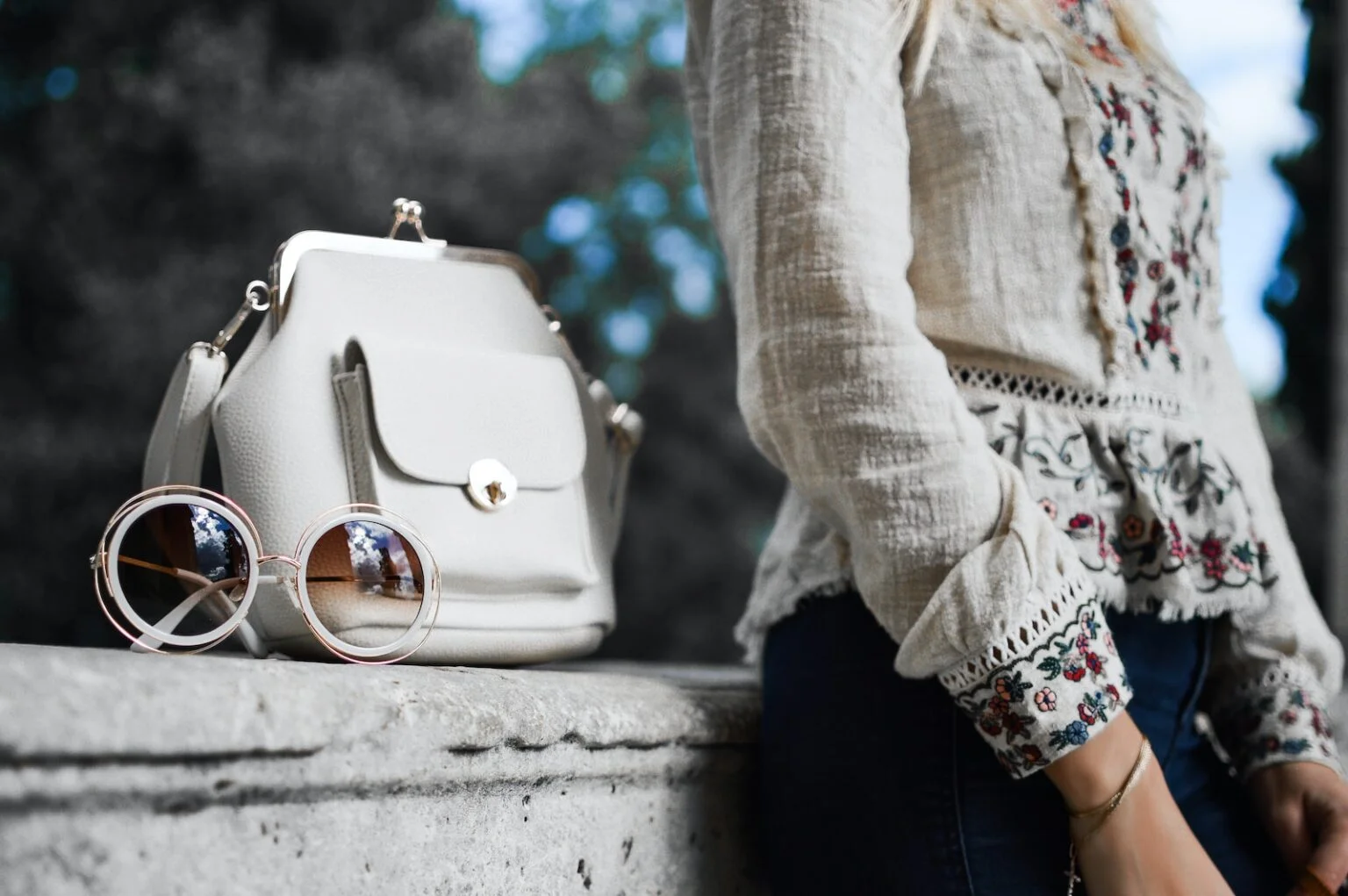


 Scandinavian cooking is gaining popularity worldwide for its unique flavours and healthy ingredients. From Sweden, Norway, Denmark, Finland, and Iceland, the countries of Scandinavia offer a diverse range of culinary delights that are worth exploring. In this blog post, we will take you on a journey through the flavours of the North and share some delicious Scandinavian recipes that you can try at home.
Scandinavian cooking is gaining popularity worldwide for its unique flavours and healthy ingredients. From Sweden, Norway, Denmark, Finland, and Iceland, the countries of Scandinavia offer a diverse range of culinary delights that are worth exploring. In this blog post, we will take you on a journey through the flavours of the North and share some delicious Scandinavian recipes that you can try at home.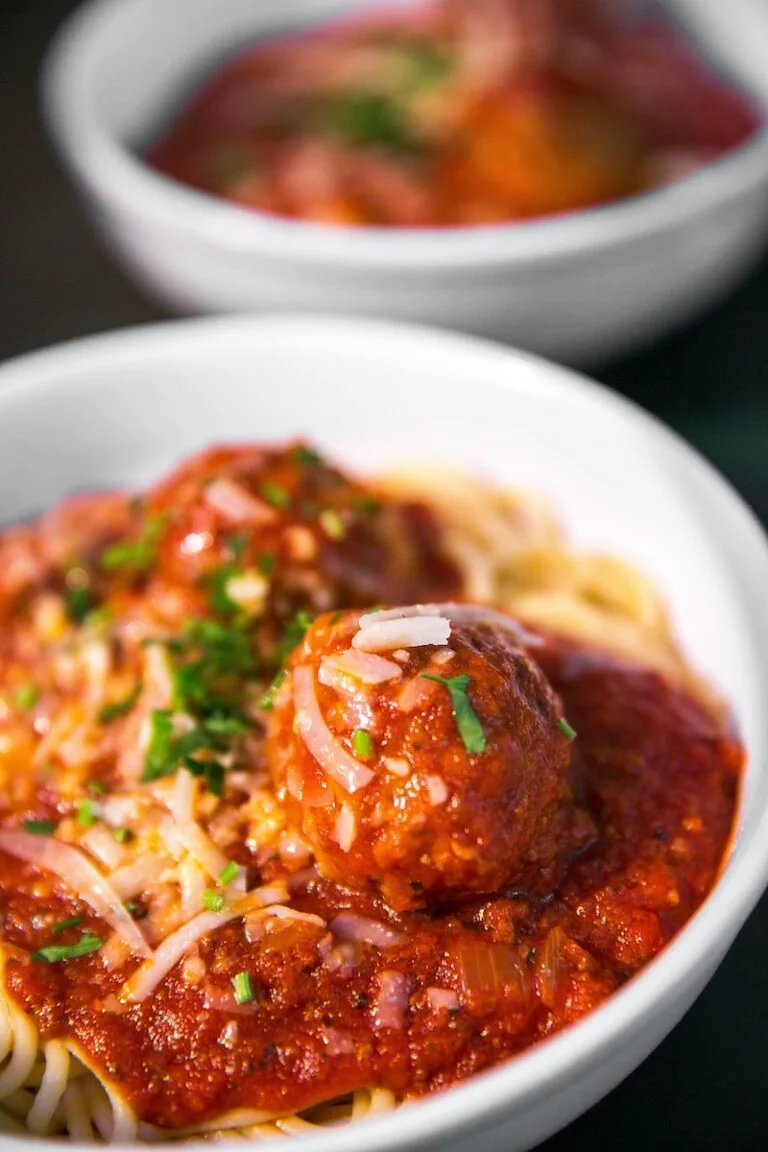
 Norway is famous for its high-quality salmon, and this recipe showcases the best of Norwegian seafood. Grilled or baked salmon fillets are served with a creamy dill sauce made with fresh dill, sour cream, mayonnaise, and lemon juice. The tender salmon and tangy dill sauce combined are simply irresistible.
Norway is famous for its high-quality salmon, and this recipe showcases the best of Norwegian seafood. Grilled or baked salmon fillets are served with a creamy dill sauce made with fresh dill, sour cream, mayonnaise, and lemon juice. The tender salmon and tangy dill sauce combined are simply irresistible.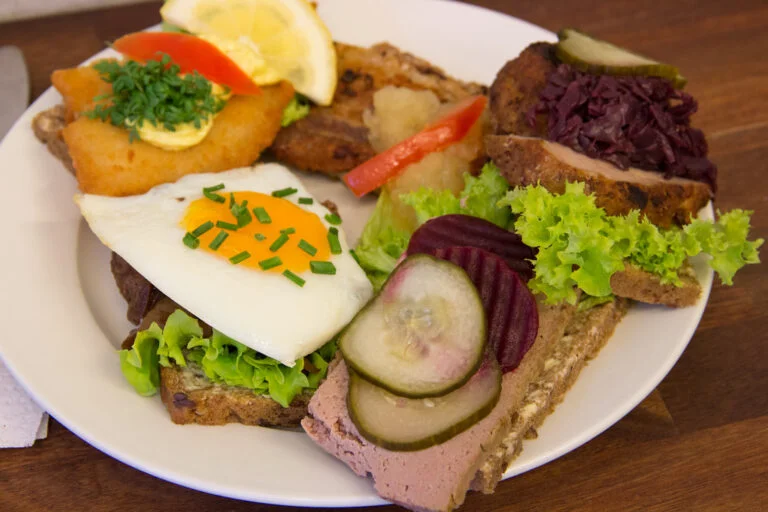 Ingredients
Ingredients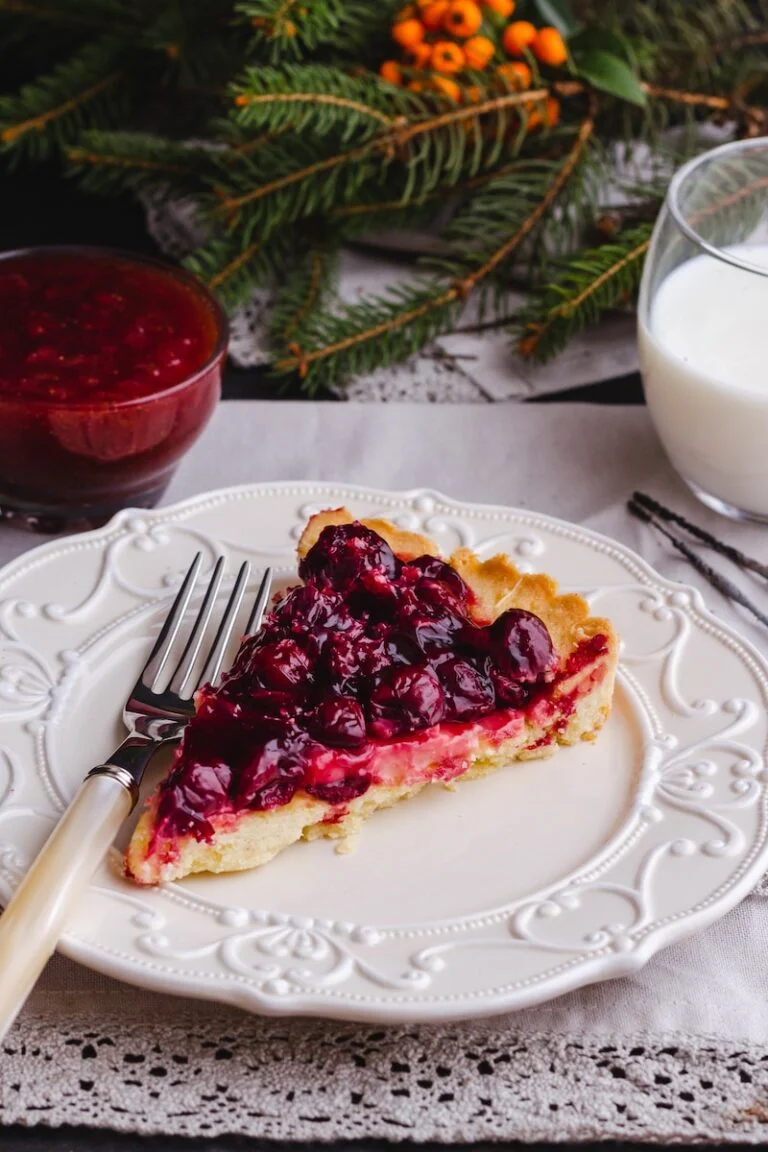 Ingredients
Ingredients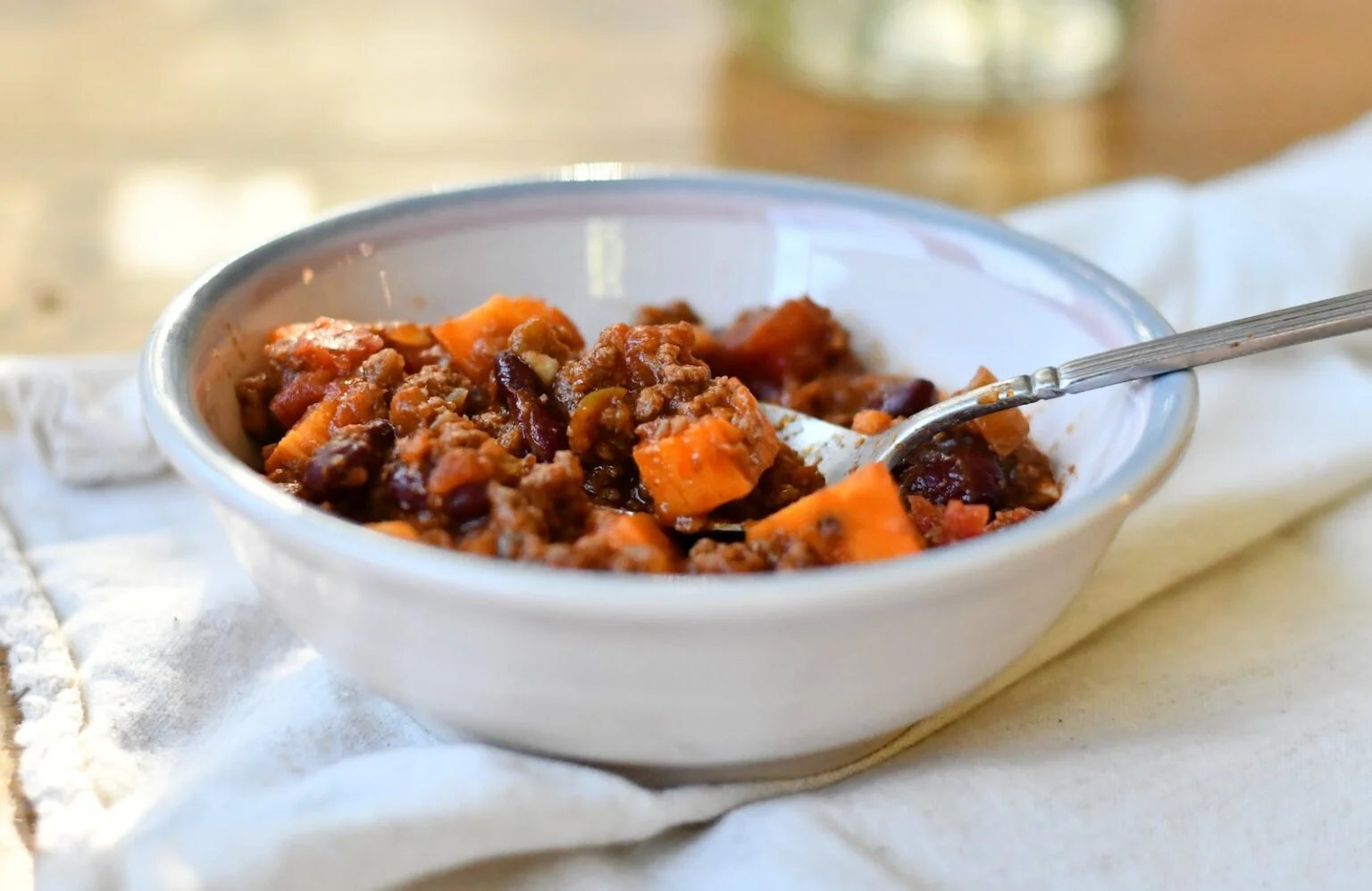 Ingredients
Ingredients




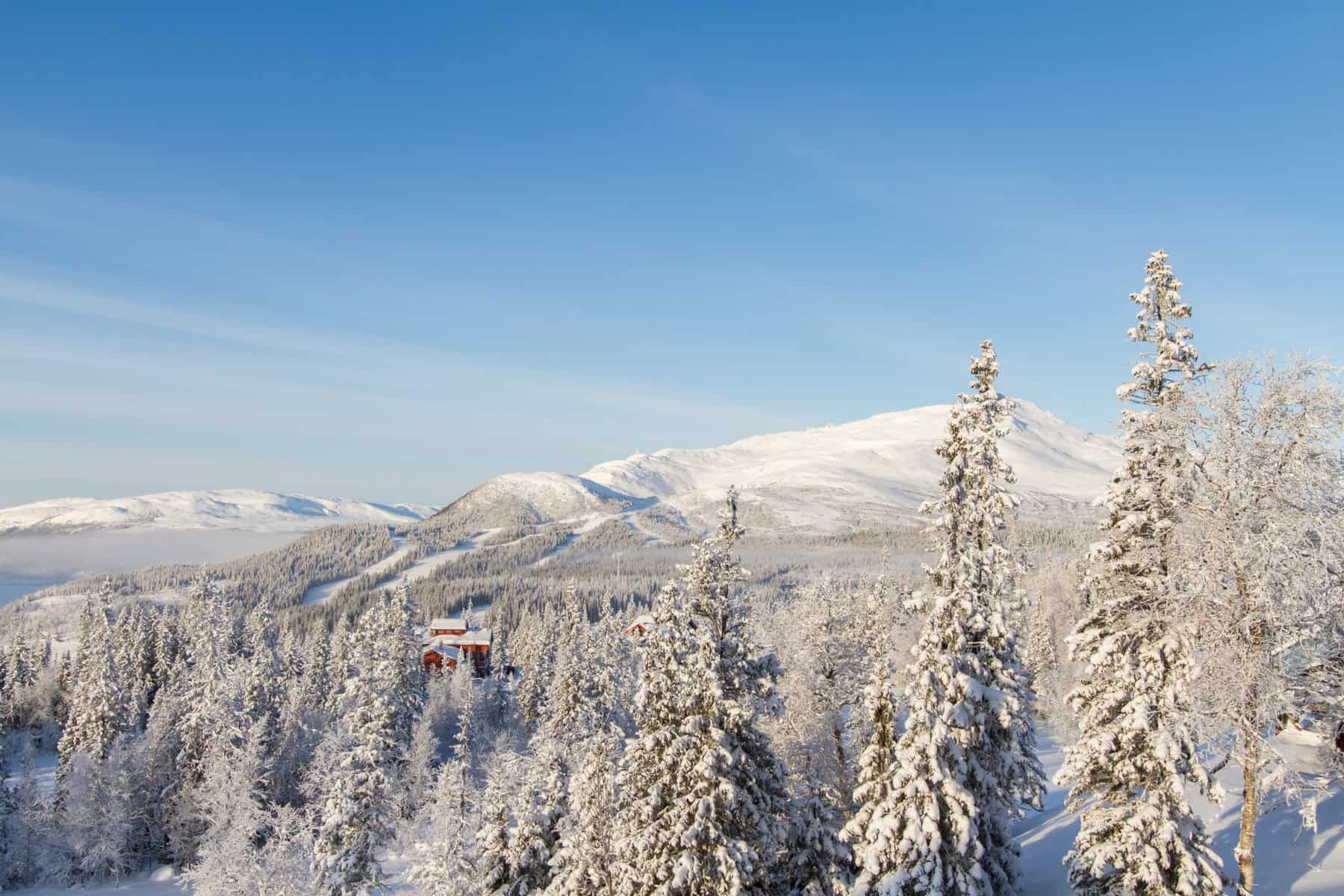
 It is customary for those who reside in Skandi homes to remove their outdoor footwear upon entering their home. This practice promotes a hygienic and tranquil living space, free from outdoor debris and pollutants. By leaving one’s shoes at the door, individuals are able to fully relax and enjoy the comforts of their abode without the worry of tracking in unwanted dirt and germs.
It is customary for those who reside in Skandi homes to remove their outdoor footwear upon entering their home. This practice promotes a hygienic and tranquil living space, free from outdoor debris and pollutants. By leaving one’s shoes at the door, individuals are able to fully relax and enjoy the comforts of their abode without the worry of tracking in unwanted dirt and germs.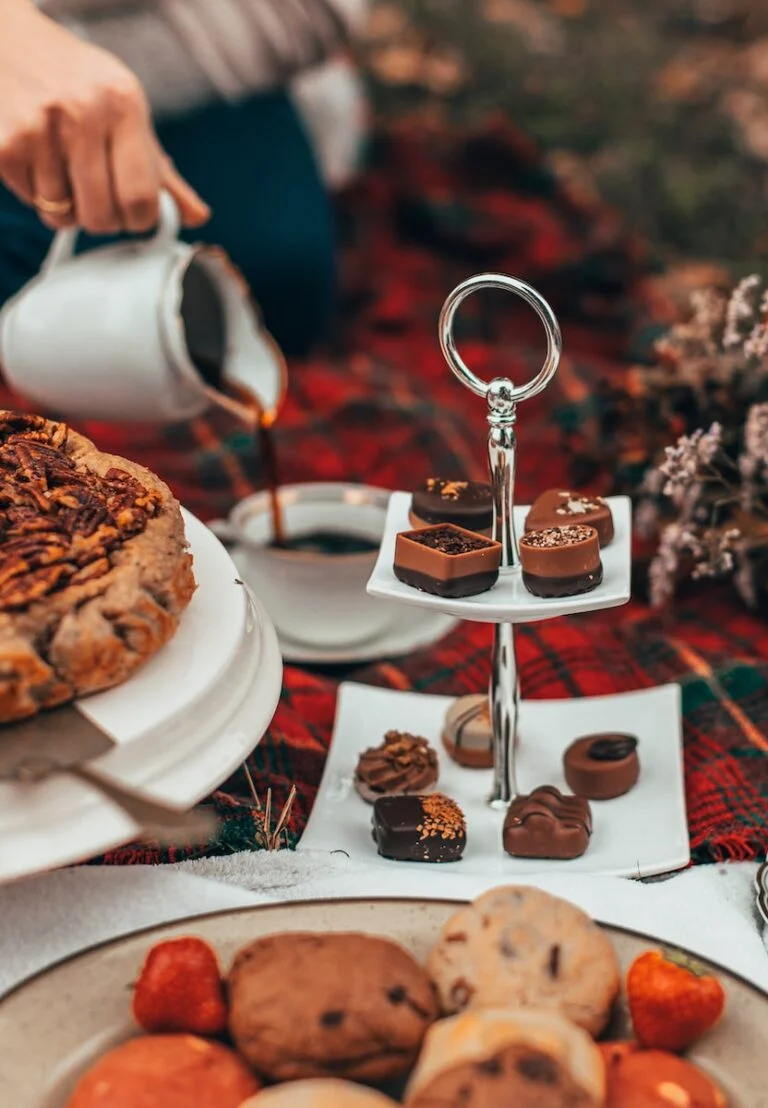 The people of Skandi nations have a deep appreciation for marking momentous occasions with sweet indulgences such as cakes and desserts. They believe in living life to the fullest and savouring every moment without fretting over the caloric content of their delectable treats.
The people of Skandi nations have a deep appreciation for marking momentous occasions with sweet indulgences such as cakes and desserts. They believe in living life to the fullest and savouring every moment without fretting over the caloric content of their delectable treats. The phrase “open-air living” translates literally. It was first popularised in the 1850s by Henrik Ibsen, a Norwegian playwright and poet. Ibsen used the phrase to describe the benefits of spending time in remote locations to improve one’s spiritual and physical well-being. [2]. Friluftsliv is not just a thing, but a whole philosophy and a way of life that is incorporated into the national identity of Norway[1]. Here are some ways that embracing the outdoors can benefit your well-being:
The phrase “open-air living” translates literally. It was first popularised in the 1850s by Henrik Ibsen, a Norwegian playwright and poet. Ibsen used the phrase to describe the benefits of spending time in remote locations to improve one’s spiritual and physical well-being. [2]. Friluftsliv is not just a thing, but a whole philosophy and a way of life that is incorporated into the national identity of Norway[1]. Here are some ways that embracing the outdoors can benefit your well-being: Friluftsliv is about living a simple life in nature without destroying or disturbing it.
Friluftsliv is about living a simple life in nature without destroying or disturbing it. Lørdagkos is a lovely Norwegian tradition. It celebrates the joy of indulging in sweets and candy on Saturdays, which is seen as a special day of the week. It’s a time to relax and enjoy life’s simple pleasures with loved ones. Even shops reduce candy pick n mix prices on Saturdays due to the tradition’s popularity.
Lørdagkos is a lovely Norwegian tradition. It celebrates the joy of indulging in sweets and candy on Saturdays, which is seen as a special day of the week. It’s a time to relax and enjoy life’s simple pleasures with loved ones. Even shops reduce candy pick n mix prices on Saturdays due to the tradition’s popularity. In Skandi countries, the workday often starts early, setting a positive tone for the day. Prioritising early mornings can improve your balance between work and personal life.
In Skandi countries, the workday often starts early, setting a positive tone for the day. Prioritising early mornings can improve your balance between work and personal life. In this nurturing environment, individuals are encouraged to not only excel in their careers but also to nurture their personal lives. This prioritisation creates a profound sense of fulfilment and balance. It allows them to thrive in their professional roles while still cherishing the moments that matter most outside of work.
In this nurturing environment, individuals are encouraged to not only excel in their careers but also to nurture their personal lives. This prioritisation creates a profound sense of fulfilment and balance. It allows them to thrive in their professional roles while still cherishing the moments that matter most outside of work. Skandi people embrace each season with enthusiasm, finding joy in winter sports, spring’s renewal, and summer’s warmth. Adapting to seasonal changes adds balance and excitement to life.
Skandi people embrace each season with enthusiasm, finding joy in winter sports, spring’s renewal, and summer’s warmth. Adapting to seasonal changes adds balance and excitement to life.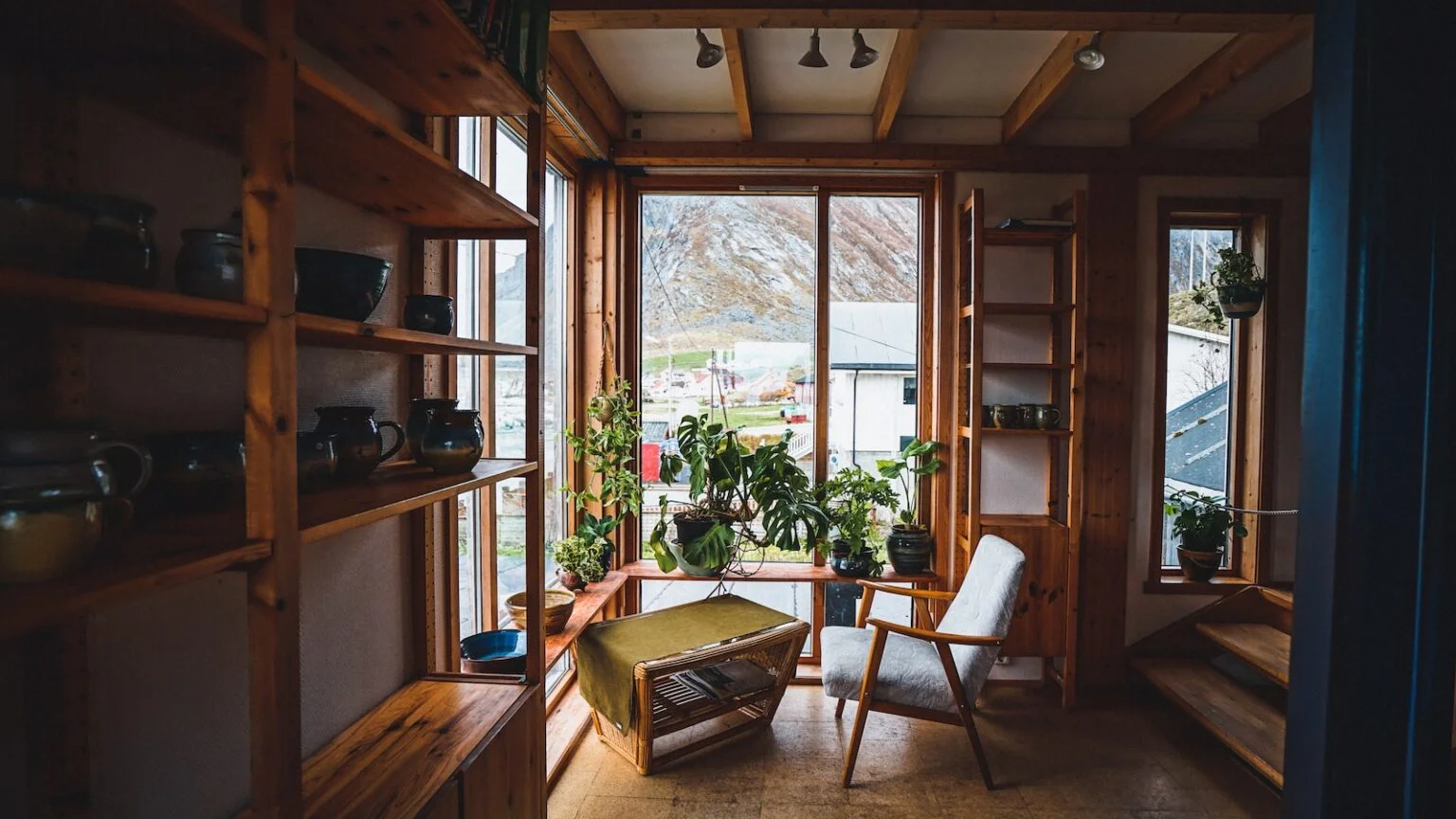
 The crisp autumn air carries with it the earthy aroma of fallen leaves, a reminder of the changing seasons. To counteract this brisk scent, consider infusing your living space with a warm and inviting ambience. Drawing inspiration from our Scandinavian friends, here are some simple yet effective ways to prepare your home for autumn.
The crisp autumn air carries with it the earthy aroma of fallen leaves, a reminder of the changing seasons. To counteract this brisk scent, consider infusing your living space with a warm and inviting ambience. Drawing inspiration from our Scandinavian friends, here are some simple yet effective ways to prepare your home for autumn.

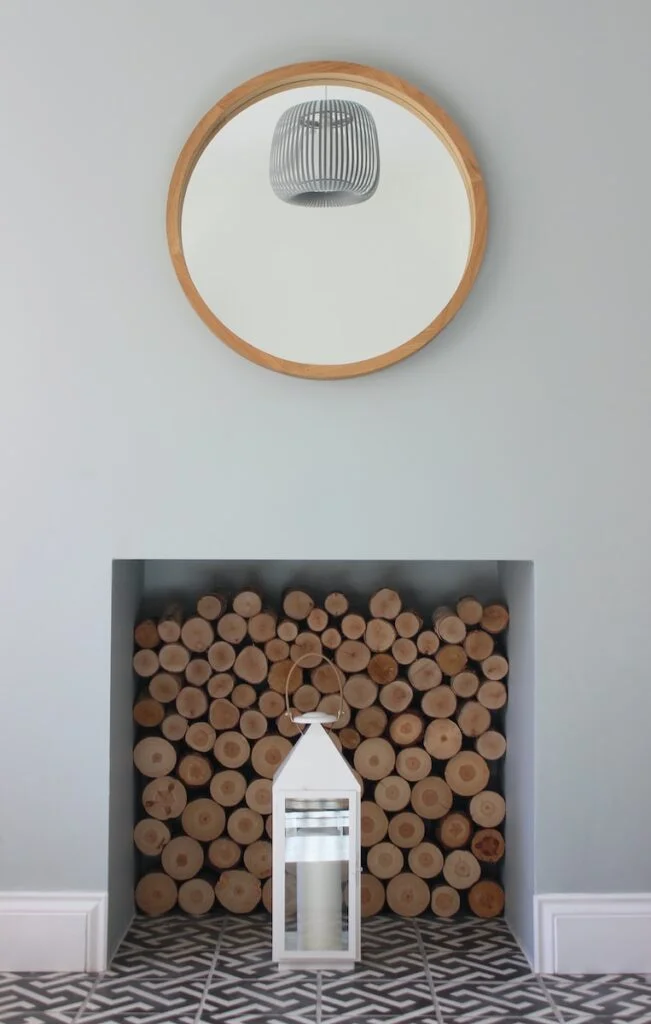

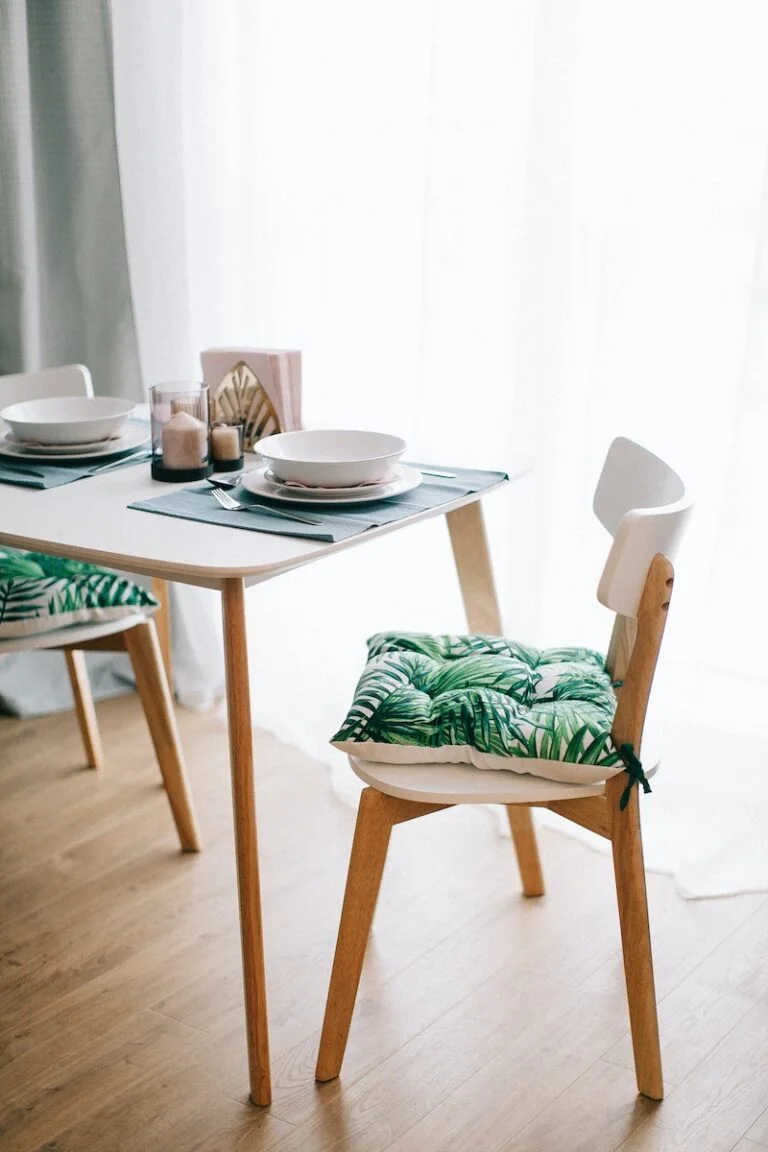



 When it Nordic design secrets: when it comes to interior design trends, the Scandinavian style has captured the hearts of many homeowners. With its clean lines, minimalistic approach, and emphasis on functionality, Skandi living rooms are both inviting and timeless. So, unlock Skandi Style in your living room today with these tips.
When it Nordic design secrets: when it comes to interior design trends, the Scandinavian style has captured the hearts of many homeowners. With its clean lines, minimalistic approach, and emphasis on functionality, Skandi living rooms are both inviting and timeless. So, unlock Skandi Style in your living room today with these tips.
 Despite the minimalistic approach, Scandinavian living rooms are known for their cosy and inviting atmosphere.
Despite the minimalistic approach, Scandinavian living rooms are known for their cosy and inviting atmosphere.
 One of the most appealing aspects of Scandinavian design is its clean and clutter-free look. Implement storage solutions to keep your living room organized. Closed cabinets and hidden storage options help maintain the minimalist feel.
One of the most appealing aspects of Scandinavian design is its clean and clutter-free look. Implement storage solutions to keep your living room organized. Closed cabinets and hidden storage options help maintain the minimalist feel.